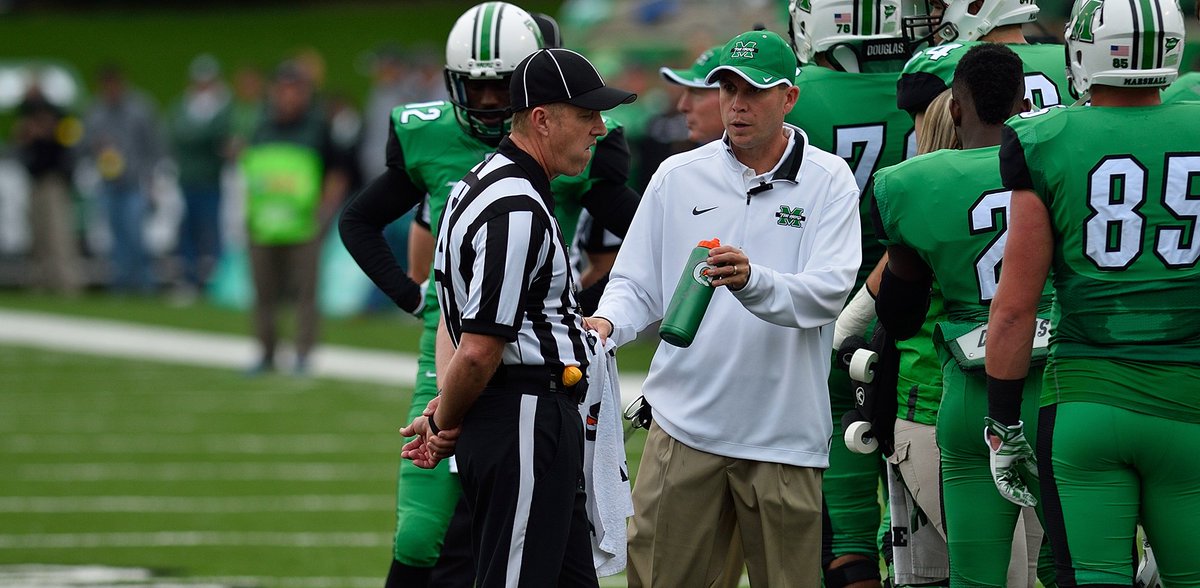
Article reposted from syracuse.com
Author: Stephen Bailey
It didn’t take long for Syracuse football players to notice large, circular bruises on the backs and necks of their teammates early during preseason camp.
For some, the marks initially raised eyebrows. For others, memories of swimmer Michael Phelps racing in the Olympics last summer came back immediately.
The eyesores are left from the SU training staff’s new cupping machine.
“I know Michael Phelps does it in the Olympics so I’m sure it’s a good technique,” junior linebacker Kielan Whitner said. “I haven’t done too much of it, but it’s definitely helped me in the times I have done it.”
The cupping method has become a unique aspect of recently hired head athletic trainer Tim Pike’s rehabilitation approach. The technique is a yin to the yang of traditional muscle soreness treatments. Tools like foam rollers, sticks and even hand massages are compressive in nature, Pike said — pushing apart tissue that sticks together after exercise.
Cupping is decompressive. By pulling the skin, fascia, fat and muscle into the cup, it creates space, allows for fluid to flow more freely and breaks up adhesions, Pike said.
“It pulls it all up and it separates it as it’s sucking it up into the cup,” Pike said. “You can see that on an MRI, visually. There’s a lot more space when it pulls it out.”
Cupping isn’t a new revelation, Pike said. He’s used it in past stops, having held the same position at Marshall from 2014-16 and Eastern Kentucky for seven years before that. Phelps’ usage of the treatment just put it in the national spotlight.
The method can be used on a number of injuries, from tightness in the back or neck, to the hamstring or even the elbow.
“It’s just another form and it’s an easy thing,” Pike said. “You just need to understand anatomy and physiology, how the healing process works and apply that as another tool. It’s not a standalone.”
SU receivers Jamal Custis and Sean Riley have used it on their backs with positive results. Custis said the treatment was not enjoyable, but he felt the results within a couple days and is ready to go back in future situations.
“If it’s 15 minutes, it feels like an eternity,” Custis said. “That pain is crazy, but afterward it’s all worth it.”
Other players, like junior quarterback Eric Dungey, prefer other methods. Dungey tried it on his elbow, but said Tuesday that he’s “not a big cupping guy.” Senior receivers Erv Philips and Steve Ishmael, as well as redshirt senior tackle Jamar McGloster, have yet to try it.
But they’ve certainly become aware of it.
“It looks like somebody’s just been getting hit on the head with something,” McGloster said with a smile.
Cupping has joined the cold and hot tubs, stretching routines and NormaTec recovery boots as regular parts of players’ post-practice rehab routines.
Check back tomorrow for a look at how some of SU’s players like to recover after each session.